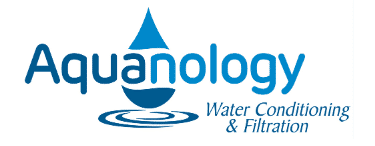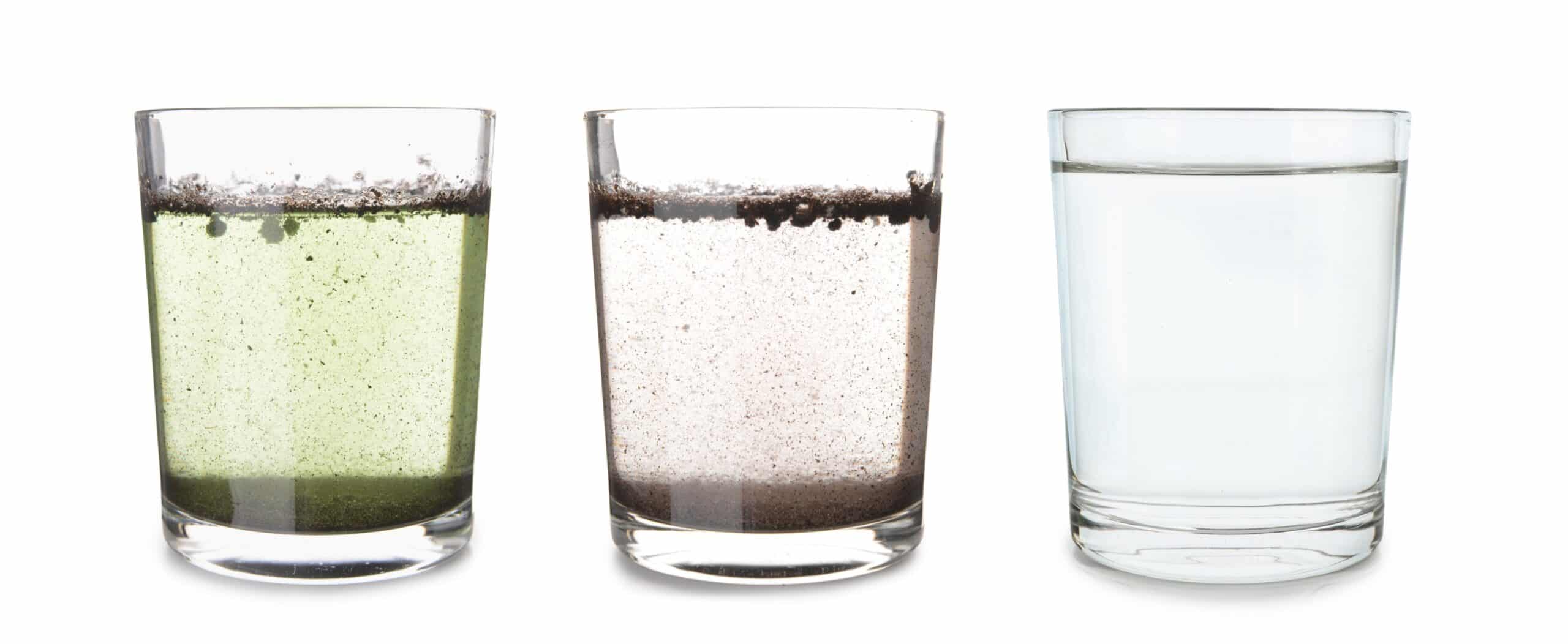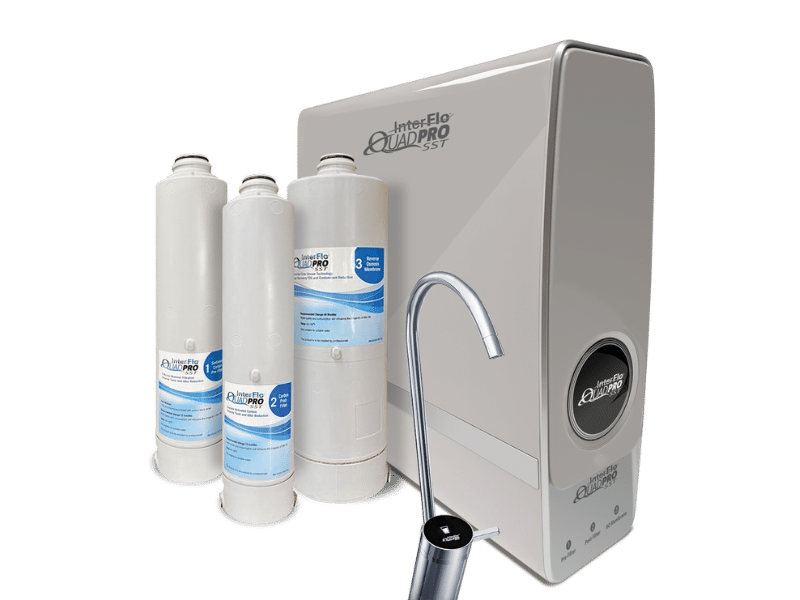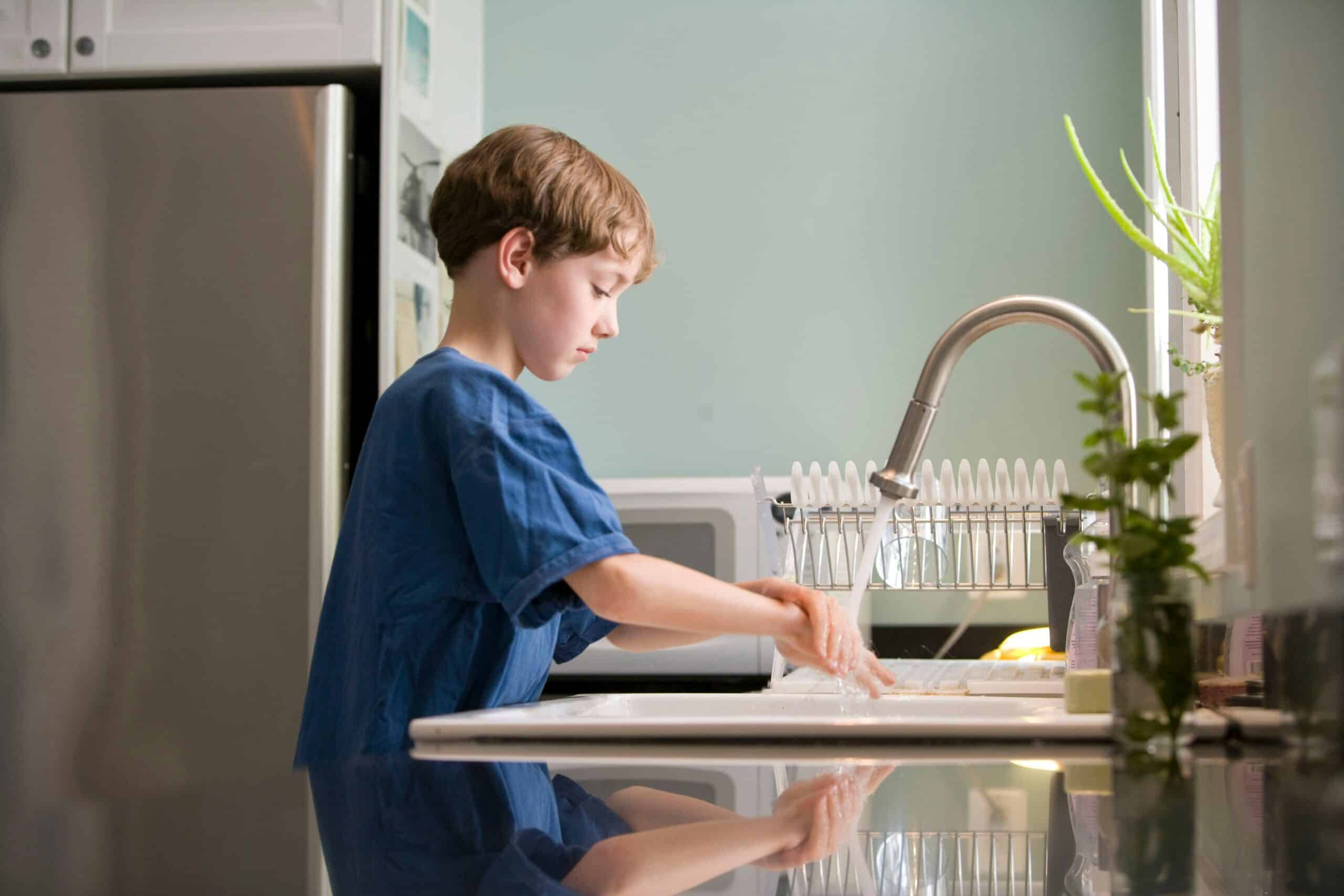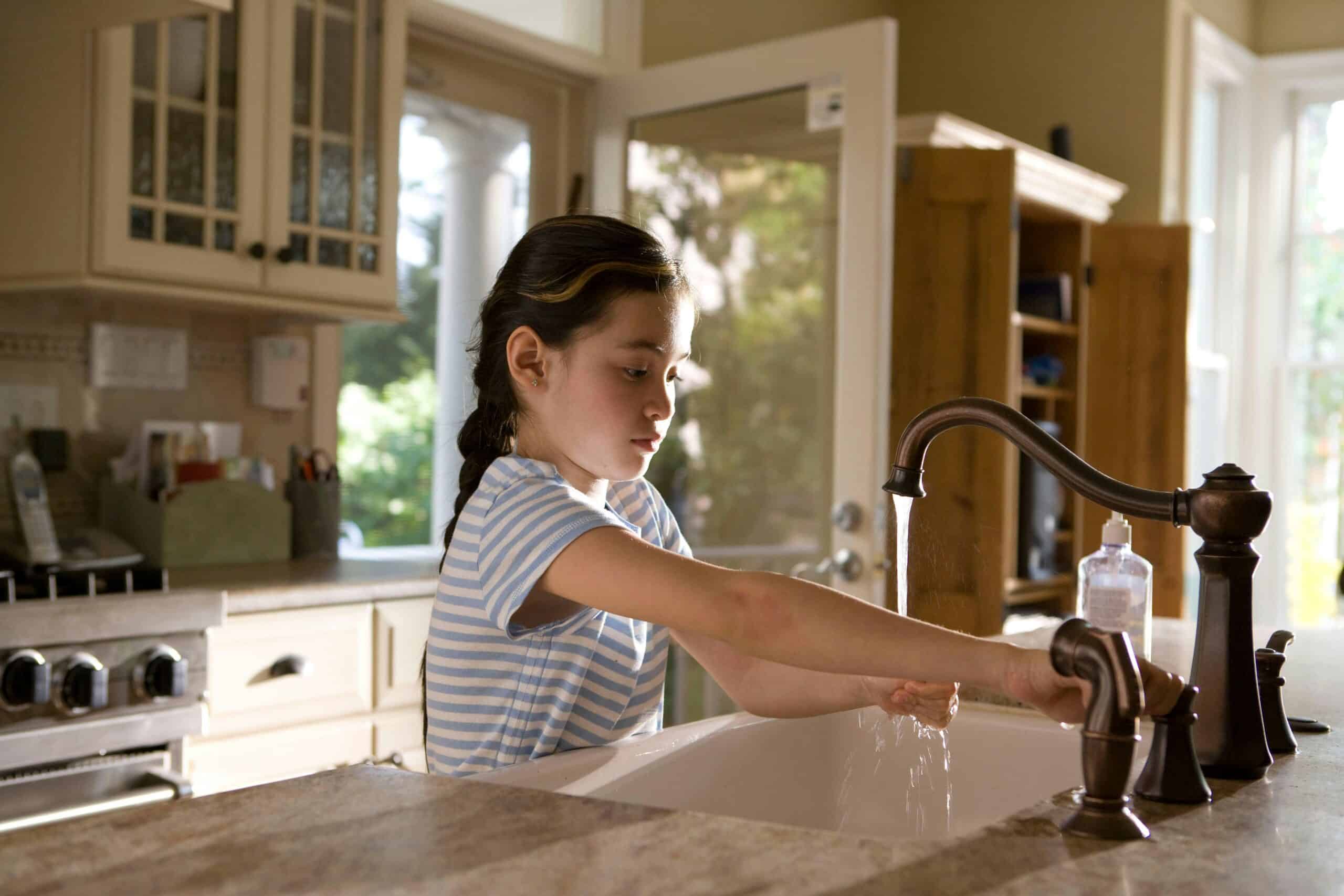As we move into 2024, Upstate New York residents are witnessing significant trends in water quality that directly impact their homes. With the increased adoption of high-efficiency appliances, expanding public water access, and growing concerns about water safety, it’s crucial to consider water conditioning systems to maintain optimal water quality. Explore the following trends and insights to make informed decisions about water conditioning:
1. High-efficiency appliances and water heaters require water conditioning for softer water.
Today, high-efficiency appliances such as tankless, on-demand water heaters are changing the prerequisites for water quality. The benefit to these new systems is they require less energy to operate. However, because they are more complex, hard water tends to cause scaling, which may require frequent cleanings to remove. In some cases, running hard water through some water heaters can void the warranty.
Because of this trend, water softeners are in demand to keep high-efficiency appliances and water heaters functioning smoothly. Here’s the good news, water softeners are much more efficient than they used to be. On moderately hard water, a high-efficiency water softener system only requires a salt refill once or twice a year for the average family-sized home.
2. Public water is available in more places than ever.
Today, even rural areas are receiving access to public water, as local townships and municipalities expand their public water districts. Because public water already has gone through significant water treatment processes for bacteria control and other safety concerns, homeowners no longer have to spend as much money to condition the water in their homes to their expectations.
For example, water conditioning on well water often requires UV disinfection, or some other disinfection process, such as chlorine injection. UV systems and other water purification systems for water safety issues are no longer necessary. Public water can save the homeowner the expense of maintaining a disinfection system.
Other common water issues found in well water, yet are rarely found in public water, are iron and sulfur. Water filtration systems to remove these can be very expensive, so public water has been an asset to homeowners for these reasons.
However, even public water poses its own set of challenges. Please refer to the next two points.
3. Public water brings its own problems for homeowners to work around.
Most public water supplies, generally, have lower mineral content levels than the average well since they often use a surface water supply, such as a lake. The water hardness in public supplies, particularly in the Finger Lakes area, usually still runs from the moderately hard to hard water range. Water softeners are still helpful for addressing the issues related to water hardness, but the systems required for lower levels of mineral content in public water, are usually more cost-effective.
Public water also has chlorine for disinfection purposes. It is a vital component to keep the thousands of public water recipients safe from waterborne bacteria. However, by the time the chlorine has entered your home, its job is complete. Since chlorine can be a contributor to dry skin and many do not like the taste of chlorinated water, a whole-house carbon water filtration system is a popular choice to remove the chlorine from the water.
4. Consumers are more worried about water safety than ever before.
Common water safety contaminants for well water include bacteria, nitrates, etc. Public water supplies often have some level of trihalomethanes and other disinfection byproducts. Other controversial substances in public water, such as fluoride and chlorine, are causing more people to switch to bottled water. But the wastefulness, hassle, and expense of bottled water presents its own challenges and sustainability concerns.
Consumers who wish to have purified water on tap find that there are many affordable options in reverse osmosis drinking water purification systems. Drinking water systems can be conveniently integrated into matching water faucets and plumbed to supply ice makers and water coolers.
5. Salt-free water conditioners are replacing water softeners in some cases.
Water conditioning trends in the past 10+ years have seen new systems hit the market, originally claiming to be salt-free water softeners. These highly advertised units have no doubt deceived many consumers into thinking they were purchasing a water softener that effectively functioned without salt.
Fortunately, industry standards crack down on these marketing campaigns, requiring that they could no longer market as “salt-free water softeners” but instead as “salt-free water conditioners.”
One way to think about water conditioning vs water softening is to see water conditioning systems as descaling units. Rather than actually removing the hardness minerals, they simply change the chemical makeup of the water so that the minerals do not produce scale as much. The disadvantages are that since the water is not truly soft after these systems, the benefits such as less soap usage and related advantages are not realized.
Salt-free water conditioners may be here to stay, as they do provide a partial solution to some scenarios. However, they are only a viable option if hardness levels are low to moderate and total alkalinity levels are low. For more information, contact water conditioning companies who are familiar with both types of systems.
6. Chemical-free and less wasteful technologies are being replaced.
Water conditioning systems that treat sulfur and/or iron have long used the injection of chemicals like hydrogen peroxide and chlorine to oxidize the sulfur smells. Another method was to use potassium permanganate as a cleaner for such water filtration systems. Today these types of systems are commonly using ozone from regular oxygen in the air to clean and regenerate themselves.
Whole-house reverse osmosis (RO) systems are commonly used in cases where well water has extreme levels of hardness, sodium, or TDS. Because of the risk of scaling the membrane on whole-house RO systems, they were traditionally preceded by a water softener. While this technology works, the downside is that huge amounts of salt are required, which is expensive and labor-intensive.
Antiscalant technology is allowing whole house RO systems to operate without the traditional salt-based water softener. Not only does this reduce the cost of maintenance by reducing or eliminating salt usage, but it also makes the upfront cost of the RO system more affordable and attractive.
7. The demand is up for water systems that are easy to service.
The do-it-yourself grade of water conditioning systems have always been available and continue to be available at big box stores such as Lowe’s and Home Depot. However, when dealing with Upstate New York’s challenging water scenarios, homeowners usually find that professional-grade equipment performs better and lasts longer.
Even professional-grade water systems need regular maintenance. One disadvantage is that some proprietary and protected brands of water conditioning systems use complicated mechanisms. Often, they include hard-to-service equipment, seemingly as a way to force the owner to call the service company out every year or so. This recurring maintenance can wrack up a large service fee.
Ease of service is something customers do (and more should) take into consideration when purchasing their water conditioning system.
For example, traditional whole-home carbon filters require a replacement of the carbon every so many years. Carbon replacement is an hour-long process for a professional. The complicated process involves dumping out the old carbon, refilling the tank with new carbon, and flushing the media bed. Enpress One carbon filters, by comparison, can be replaced by a homeowner in ten minutes and need very little flushing. Or a UV disinfection system, when doing a yearly service, may need to have the water drained from the unit to clean the quartz sleeve. A few specially designed units have domed quartz sleeves, which can be cleaned in less time with much less mess.
Water conditioning trends that involve convenient improvements like this are helping homeowners to be more independent. Homeowners can rely less on expensive service fees to keep their systems running in top shape.
Staying abreast of these water conditioning trends is crucial for Upstate New York homeowners in 2024. Whether it’s adapting to high-efficiency appliances, navigating the challenges of public water, or embracing sustainable and user-friendly technologies, investing in the right water conditioning system ensures a constant supply of quality water for your home. For personalized guidance, contact a knowledgeable water conditioning company near you.
